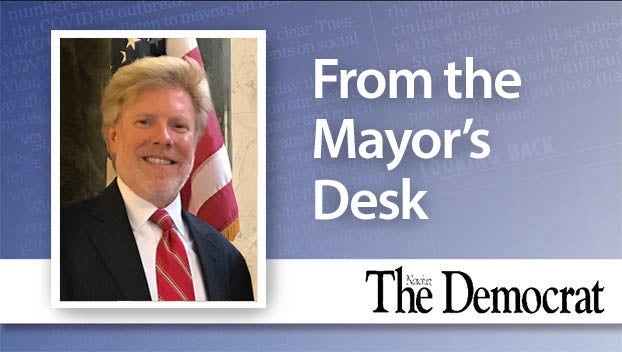It’s Natchez Historical Park’s 30th
Published 12:01 am Sunday, October 7, 2018
Thirty years ago today — on Oct. 7, 1988 — President Ronald Reagan signed a law “To create a national park at Natchez, Mississippi.” Natchez National Historical Park shares a common name with the Natchez Trace Parkway but stands alone as a separate national park.
The park’s budget has grown to more than $2 million per year that pays local salaries and funds projects with local vendors and contractors. The local area has provided some of the park’s finest staff members, and others have moved to Natchez and settled in as valuable members of the community.
Specifically, Congress directed Natchez National Historical Park to:
4Preserve and interpret the history of Natchez, Mississippi, as a significant city in the history of the American South;
4Preserve and interpret the sites and structures associated with all the people of Natchez and its surrounding area from earliest inhabitants to the modern era, and including blacks both slave and free;
4Preserve and interpret the region’s social, political and economic development, with particular emphasis on the pre- and post-Civil War eras; and
4Preserve and interpret the region’s commercial and agricultural history, especially in relation to the Mississippi River and cotton.
4The Park tells the stories of those who lived or labored at Melrose. The public can walk through the gardens or explore slave cabin exhibits free of charge every day. There is a fee for the mansion tour, but today those tours will be free to kick-off our year-long celebration of the park’s 30th anniversary. Details are available at: www. nps.gov/natc.
The William Johnson House opened to the public in 2004 with furnished family rooms upstairs and modern exhibits downstairs that tell the story of the economic success and personal tragedies of this unique family of free people of color.
One wall of original earthworks still stands at the 1700s French Fort Rosalie that opened to the public on its 300th anniversary in 2016. A series of wayside panels will soon be installed along Canal Street in front of the fort and living history programming will begin later this year.
A 2017 law allows the Park to own land at the Forks of the Road slave market site, which will bring new exhibits and programming to integrate the horrific story of human trafficking into the daily interpretation of Natchez history.
Lastly, the Park has been a partner to the City of Natchez in operating the Natchez Visitor Center, and this facility is expected to pass into Park ownership in 2019 and be rehabilitated as a major new attraction for the city
The park has also been a partner in many conferences, workshops, exhibits and internships as well as providing technical assistance to museums and historic sites. The daily Natchez History Minutes provided a vital framework for the 2016 Natchez Tricentennial.
We are working on new programming and exhibits around the U.S. Colored Troops and the Reconstruction period. I hope that everyone will find a reason this year to come out and enjoy their very own hometown national park.
Kathleen Bond is superintendent of Natchez National Historical Park.





